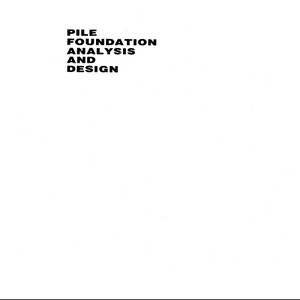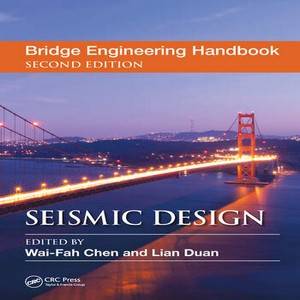Pile foundation analysis and design
By H. G. Poulos, E. H. Davis
Pile foundation analysis and design provides methods of analysis of pile formation that may be useful in design.
Pile foundation analysis and design presents: a consistent theoretical approach to the prediction of pile deformation and load capacity;
parametric solutions for a wide range of cases; demonstrations of how such solutions can be used for design purposes; a review of the applicability of these approaches to practical problems.
Traditionally, engineers have designed pile foundations based on calculations from theoretical soil mechanics. The commonest approach is to divide the soil into layers and assign soil properties to each layer.
The main components of the foundation are the pile cap and the piles.
Piles are long and slender members which transfer the load to deeper soil or rock of high bearing capacity avoiding shallow soil of low bearing capacity
The main types of materials used for piles are Wood, steel and concrete.
The size may vary from 10 inches to 24 inches in diameter and the thickness is usually ¾ inches.
Because of the small sectional area, the piles are easy to drive. They are mostly used as end-bearing piles.
The length of the piles depends on many factors, such as type of pile ( Driven or Bored pile), building load, soil type, and where the hard stratum can be found, etc.
The driven pile usually does not go very deep and limit to 20-30m. But the bored pile can go very deep.





Reviews
There are no reviews yet.